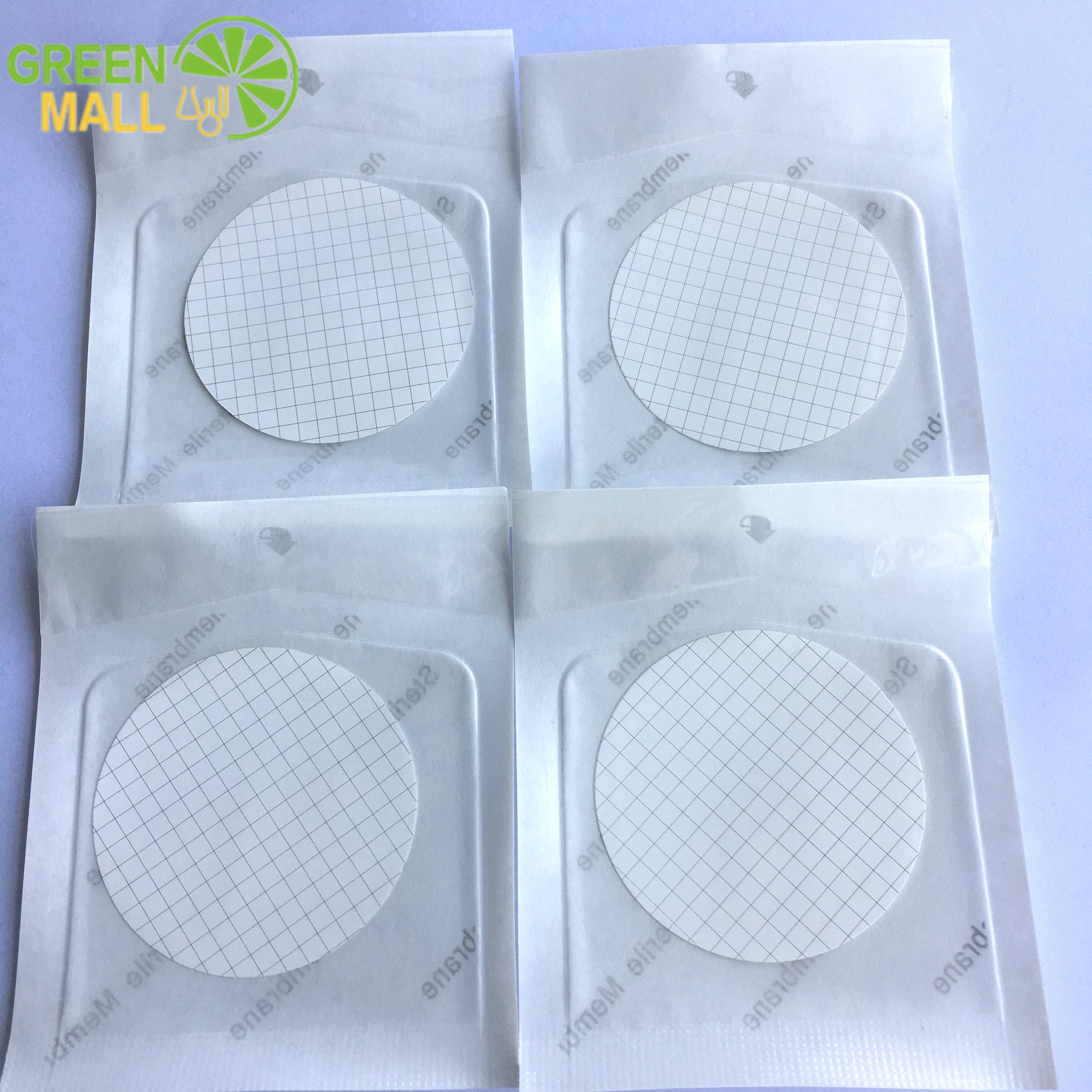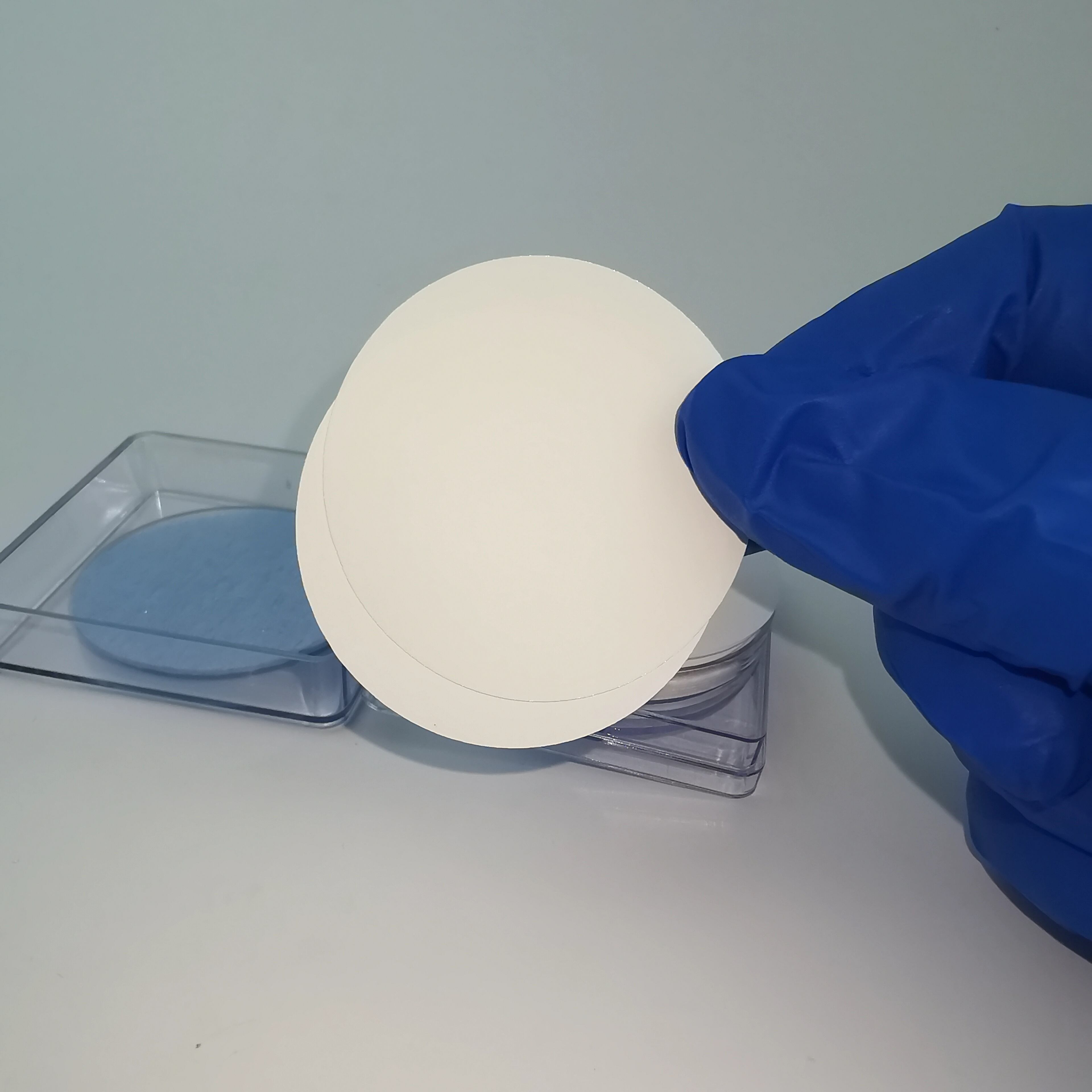ແຟີລເຕີຫຍຸ່ງກັບນ້ຳ
ເສັ້ນແຜນກະຈາຍທີ່ມີຄຸນສົງໃນການປັບປຸງຂຶ້ນມາໃນເทັກໂນໂລຊີ ການແຜນກະຈາຍ, ອອກແບບເພື່ອຕ້ອງການນ້ຳ ເຖິງແຕ່ຍັງໃຫ້ເວົ້າແລະການອື່ນໆຜ່ານໄປໄດ້ຢ່າງມີຄວາມສັນ. ເສັ້ນແຜນນີ້ສ້າງຂຶ້ນຈາກວັດຖຸພົລິມີຣ໌ຕ່າງໆ, ປະມານ PTFE, PVDF, ຫຼື polypropylene, ທີ່ມີຄຸນສົງກັບນ້ຳ. ບໍ່ແຜນຂອງເສັ້ນແຜນມີຮ່ວນໆທີ່ນ້ອຍ, ທີ່ສ້າງເປັນການປັບປຸງກັບການເຂົ້າມາຂອງນ້ຳ, ແຕ່ຍັງມີຄວາມສັນໃນການຜ່ານໄປຂອງເວົ້າ. ຄຸນສົງການເຮັດວຽກຂໍ້ມູນແມ່ນການມີຄວາມເຄື່ອນໄຫວຕ່ຳຂອງເສັ້ນແຜນ, ທີ່ປ້ອງກັນບໍ່ໃຫ້ເອກະສານນ້ຳເຂົ້າມາໃນຮ່ວ, ແຕ່ຍັງໃຫ້ເວົ້າຜ່ານໄປໄດ້. ເສັ້ນແຜນເຫ່ຍຍີ່ມີຂະຫນາດຮ່ວ 0.1 ຫາ 1.0 ມິກຣອນ, ທີ່ໃຫ້ຄວາມປັບປຸງທີ່ປ່ຽນແປງໄດ້. ໃນການເອີ້ນໃຊ້, ເສັ້ນແຜນກະຈາຍທີ່ມີຄຸນສົງໃນການປັບປຸງແມ່ນສ່ວນປະສົບປະສານທີ່ສຳຄັນໃນອຸປະກອນເສັ້ນສານ, ອຸປະກອນລັບ, ແລະການເຮັດວຽກທີ່ມີຄວາມສັນ. ຕົວເລືອກນີ້ມີຄວາມສຳຄັນໃນການເຮັດວຽກທີ່ມີຄວາມສັນ, ເຊັ່ນ ການເສັ້ນສານເສີນ, ການເປີດເຂົ້າໃນລະບົບການເຮັດວຽກ, ແລະການປ້ອງກັນອຸປະກອນທີ່ສຳຄັນຈາກຄວາມເສຍແຫ່ງ.


